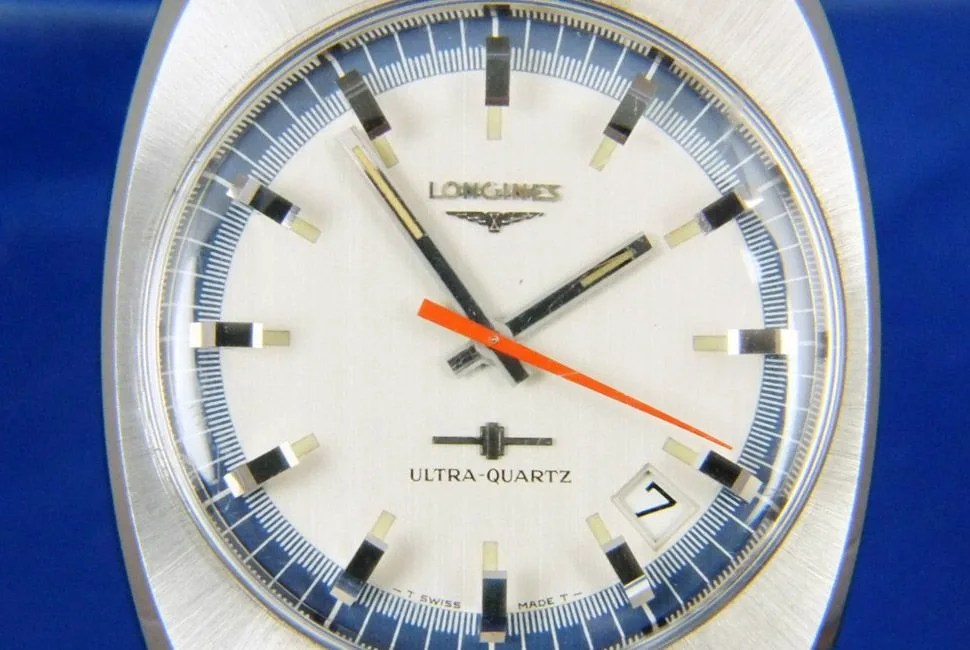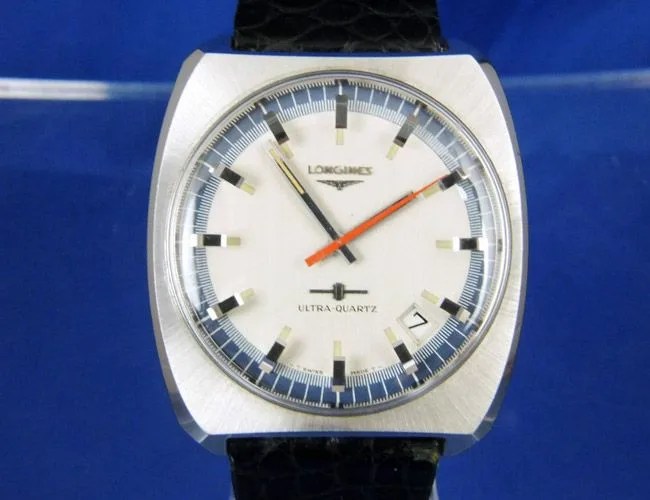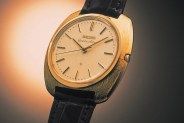High-end quartz is cool. It’s also rare — Longines’s new VHP is one of just a handful of quartz watches you can buy that are accurate to within a few seconds a year. There’s a deeply nerdy appeal to that. You could say the same of quartz watches from the ’70s, which were forbears of the biggest technological revolution in the industry and, once upon a time, the most cutting-edge timepieces you could buy. Though watch enthusiasts have a general aversion to collecting quartz, you can find these early watches for relatively affordable prices. And considering the inherent accuracy of quartz, they should keep pretty good time, too.
Favre Leuba Cal 352
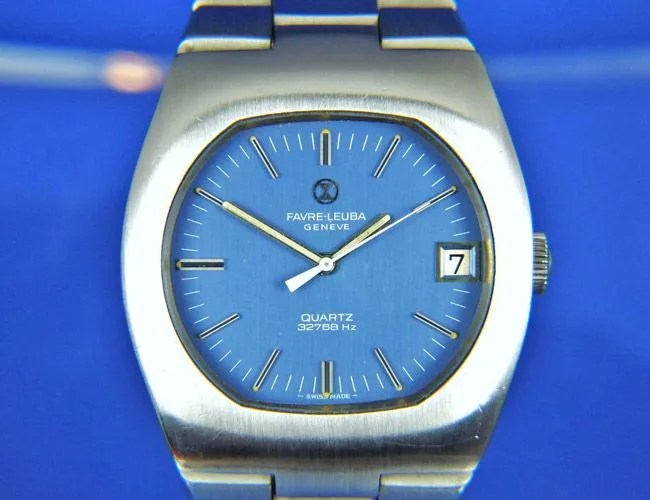
Favre Leuba is one of Swirtzerland’s oldest watch brands, yet in the ’70s it was on the forefront of the quartz revolution when it utilized the calibre 352. This quartz movement, developed by Girard Perregaux, vibrated at 32,768 Hz, which became the standard frequency for almost every other quartz movement produced since.
Seiko Grand Quartz
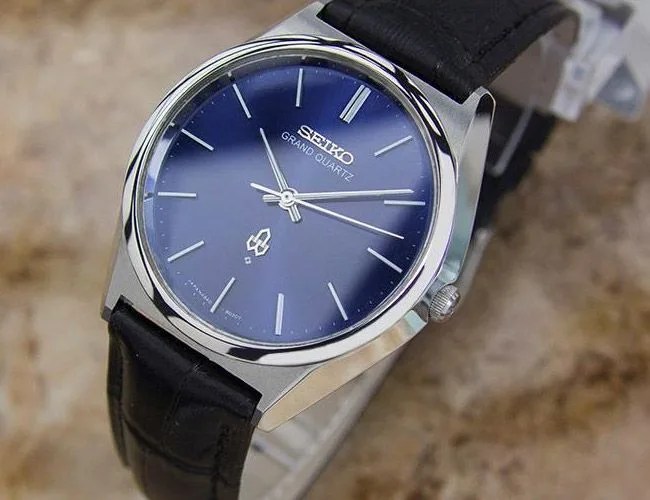
Back in the ’70s, when quartz wasn’t such a dirty word, Seiko’s Grand Quartz line exhibited some of the most refined watches you could buy, with high-end finishing and beautiful designs (you could even get the line in gold). This stainless steel variant looks to be in superb condition, with a brilliant blue dial you could practically swim in.
